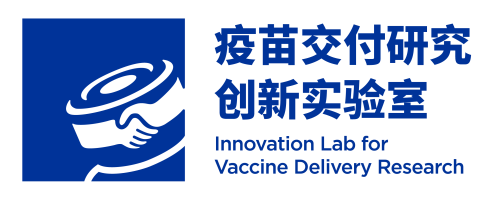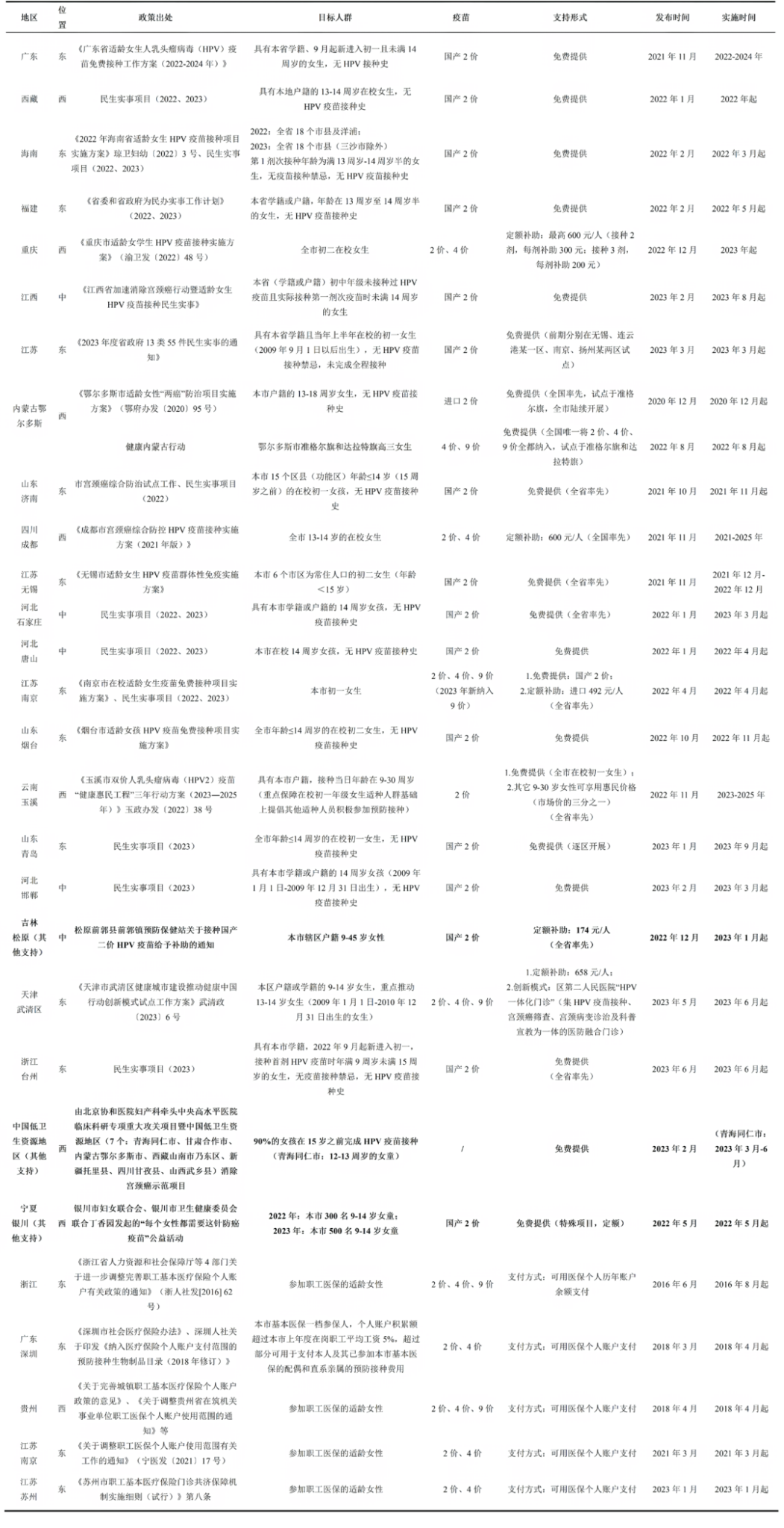Journal Content Recommendation
01
Promoting higher-valent pediatric combination vaccines in China: challenges and recommendations for action
VaxLab team published research on Infectious Diseases of Poverty. China has one of the highest rates of infectious pediatric illnesses worldwide. Despite the current high coverage of immunization program vaccines, China can incorporate more WHO-recommended vaccines into the national immunization program through the use of pediatric multivalent combined vaccines. The study addresses the promotion of pediatric multivalent combined vaccines in China faces challenges in four areas: legislation and regulation, immunization schedule design, vaccine awareness and price, and research and development capacity. Stating there is an urgent need to “optimize the use of combination vaccines to reduce vaccine-preventable disease burden”, increase vaccine awareness and acceptance, and encourage innovation to promote the use of multivalent combination vaccines and help reduce morbidity and mortality from vaccine-preventable diseases.
https://doi.org/10.1186/s40249-024-01181-9
02
Cost-effectiveness analysis of meningococcal disease vaccination strategies for children under 9 years of age in China
This study was published in Human Vaccines & Immunotherapeutics by Hai Fang and others from Peking University. The study constructed a decision tree-Markov model to simulate the health and economic consequences of meningococcal illness using four vaccination regimens in a 2019 birth cohort, as Meningococcal vaccination strategies are complex in China. The study showed that an alternative strategy using a tetravalent polysaccharide vaccine (MPV-4), a bivalent conjugate vaccine (MCV-AC), and a tetravalent conjugate vaccine (MCV-4) may be more cost-effective in the long run than the current approaches if vaccine prices decline.
https://doi.org/10.1080/21645515.2024.2313872
03
Immunogenicity of 2-Dose HPV Vaccine Series for Postpartum Women
JAMA Network Open published an open-label, non-randomized, non-inferiority clinical trial designed to evaluate the protective efficacy of a comparison of two doses (0 and 6 months) of nine-dose HPV vaccine versus three doses of a standard regimen (historical control group) in postpartum women. All study participants were postpartum women (including lactating women) aged 15-45 years. This is the first study to evaluate the nine-valent HPV vaccine’s immunogenicity in postpartum women, revealing that “Two doses of the nine-valent HPV vaccine administered 6 months apart.” induces a potent antibody response and is non-inferior to the traditional 3-dose regimen. All participants who completed the two-dose vaccination program achieved seroconversion to the nine HPV subtypes that the vaccine protects against.
https://doi.org/10.1001/jamanetworkopen.2023.52996
04
Establishment of safety monitoring system for vaccines not included in the national immunization program in Korea
This study was published in the Journal of Korean Medical Science. In Korea, the safety of vaccines is not adequately monitored in the adult population, and there is no surveillance program for vaccines not included by the National Immunization Program (NIP). The research team selected frequently administered non-NIP vaccines, collected data on cases of vaccination and treatment of adverse reactions from participating tertiary hospitals, sending questionnaires to individuals who had received or were about to receive the vaccine. The study team conducted active and inactive adverse event surveillance on “post-vaccination days 1, 7, 28, and 90”, with a total of “555 AESI identified over 10 months”. With this methodology, the research team made the first attempt to monitor the safety of non-NIP vaccines in Korea, recommending the establishment of a sustainable and efficient vaccine surveillance system in Korea.
https://doi.org/10.3346/jkms.2024.39.e45
05
Long-term efficacy of a recombinant hepatitis E vaccine in adults: 10-year results from a randomised, double-blind, placebo-controlled, phase 3 trial
The recombinant hepatitis E vaccine (HEV239), Hecolin®, developed by Ningshao Xia’s team at the School of Public Health, Xiamen University, is the world’s only prophylactic vaccine for hepatitis E. The team initiated a large-scale randomized, double-blind, controlled phase III clinical trial study of HEV239 in 2007, and recently The Lancet published a 10-year follow-up study. The results showed that the 10-year protection rate of three doses (0, 1, and 6 months) of HEV239 was 86.6% (95% CI 73.0-94.1). Vaccination with two doses (0, 1 month) of HEV239 also provided highly effective protection, with a protection rate of 100.0% at 30 months.
https://doi.org/10.1016/S0140-6736(23)02234-1
06
Protecting infants against RSV disease: an impact and cost-effectiveness comparison of long-acting monoclonal antibodies and maternal vaccination
The Lancet Regional Health-Europe published a study comparing the costs and health benefits of two regimens of maternal vaccine (MV) and long-acting monoclonal antibody (la-mAB) for the prevention of seasonal RSV. For infants under 6 months of age in England and Wales, year-round vaccination with 60% MV coverage averted 32% (95% CI: 22-41%) of RSV hospitalizations, and year-round la-mAB with 90% coverage averted 57% (95% CI 41-69%) of RSV hospitalizations. In addition, MV has additional health benefits for pregnant women. Therefore, when considering procurement and vaccination programs, “A seasonal la-mAB programme could be cost-effective for up to £84 for purchasing and administration (CCPA) and a seasonal MV could be cost-effective for up to £80 CCPA.”
https://doi.org/10.1016/j.lanepe.2023.100829
Global/National Policy Updates
07
NDCPA actively promotes the Pandemic Preparedness
On February 20, 2024, Wang Hesheng, Deputy Director of the National Health Commission and Director of the National Disease Control and Prevention Administration (NDCPA), led a special meeting to examine the creation of medium- and long-term preparations for the prevention and treatment of AIDS and tuberculosis and to hear the perspectives of a wide variety of experts. Chang Jile, deputy director of the NDCPA, attended the meeting. Experts in attendance at the meeting reached a consensus that initiating the preparation of a new round of planning is necessary and important, which is of strategic significance for effectively curbing the epidemics of major infectious diseases, laying a solid foundation for the all-round implementation of prevention and treatment strategy measures in the coming period.
https://mp.weixin.qq.com/s/xpgFQuaXC6K-7QDZHTyJKg
08
Information on Respiratory Syncytial Virus (RSV) Vaccine Administration Errors in Young Children and Pregnant People
The Centers for Disease Control and Prevention (CDC) issued a notice to healthcare providers in response to over 150 instances of pregnant women and children receiving the wrong RSV vaccination. According to the CDC, the majority of the complaints were classified as non-serious events, which also noted that medication errors involving young children and pregnant women occurred in outpatient settings. The CDC recommends “For infants and young children who are recommended to receive nirsevimab but received either the Pfizer (Abrysvo) or GSK (Arexvy) RSV vaccine in error” to “administer a dose of nirsevimab.” For pregnant women who have received the GSK RSV vaccine (Arexvy) in error, the CDC recommends not giving a dose of the Pfizer RSV vaccine (Abrysvo), but instead giving the infant (if younger than 8 months) a “nirsevimab during RSV season (October through March in most of the continental United States).”
https://emergency.cdc.gov/newsletters/coca/2024/012224.html
09
Shanghai Disease Control and Prevention Center (SCDC) carries out vaccination for polio and MMR vaccines.
After the Spring Festival, Shanghai initiated a polio vaccine and MMR vaccine catch-up campaign for school-age children and critical demographics in an effort to eliminate possible immunization gaps and interrupt the spread of the virus. Each community health center conducted SMS reminders and telephone notifications to families who were late or missed vaccinations. The polio and MMR vaccines for which supplementary immunization was carried out this time are all Type I (covered by the National Immunization Program) vaccines included in the immunization plan of China. Among these, one booster dose will be given to children born after March 2016 who had previously only received one dose of the inactivated polio vaccine.
https://www.sohu.com/a/758952054_121282114
Content Editor: Linjing(Grace) Zhang
Page Editor: Ziqi Liu





